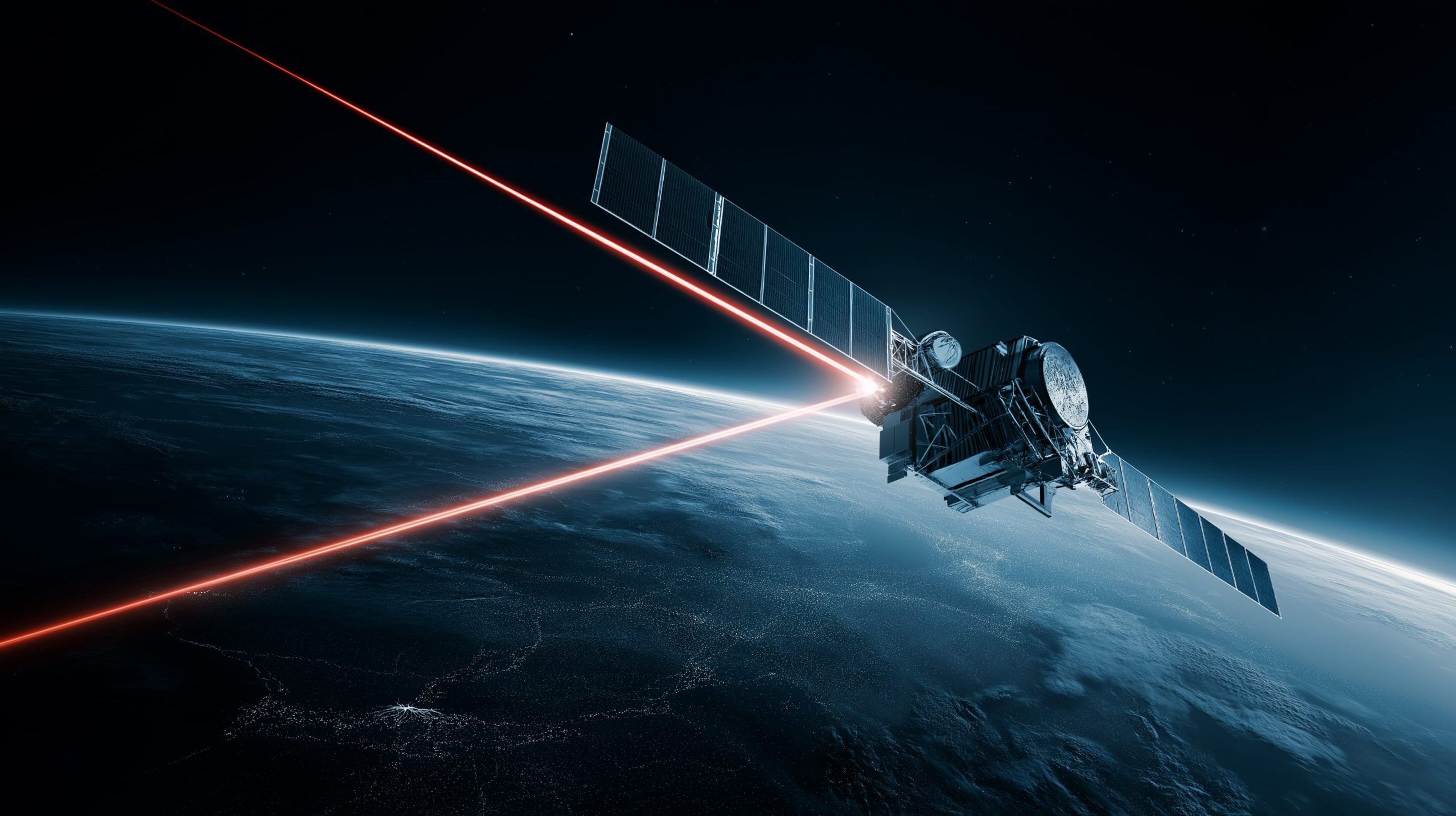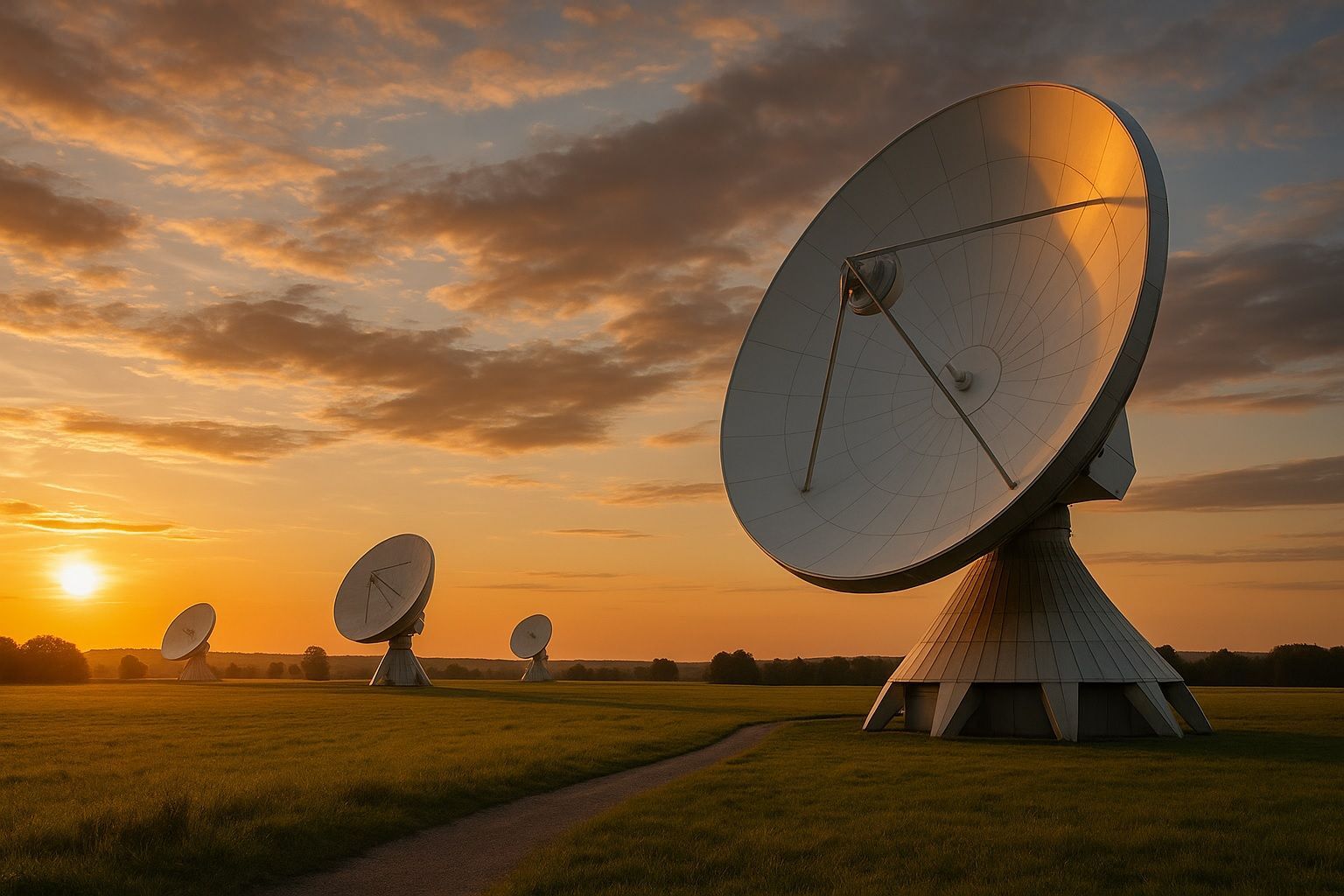
Lasers vs Radio: Inside the Laser Satellite Communication Revolution (2025)
NASA’s TBIRD CubeSat achieved a 200 Gbps laser downlink in 2023, transmitting 4.8 terabytes in under five minutes. SpaceX’s Starlink had over 4,000 satellites in orbit by early 2024, with inter-satellite laser links moving about 42 petabytes per day (roughly

